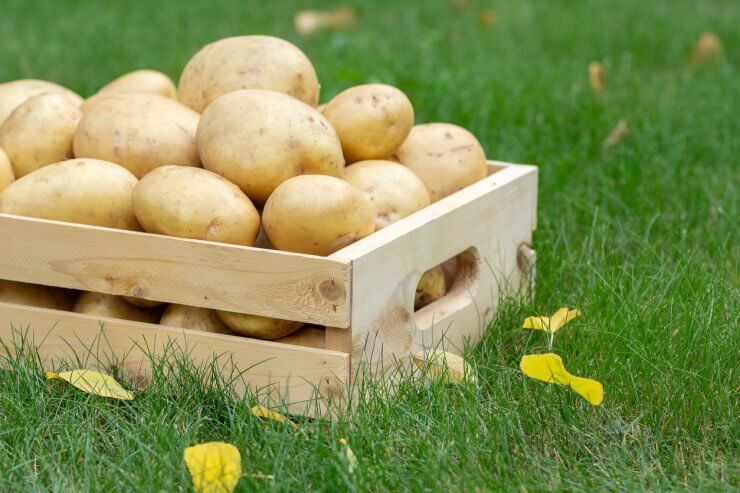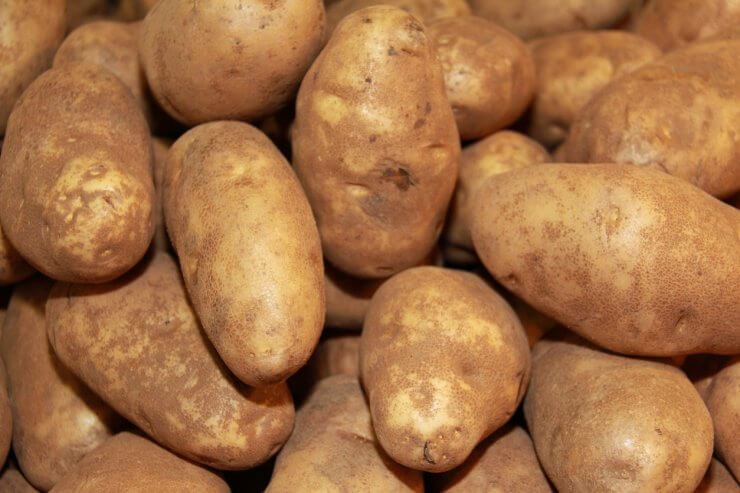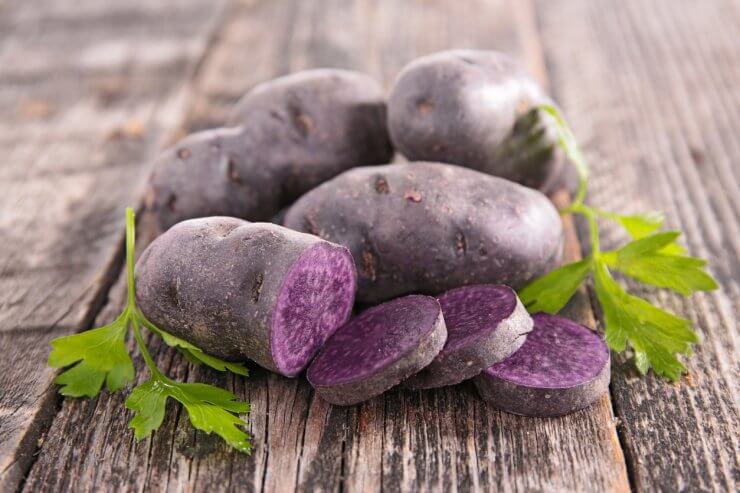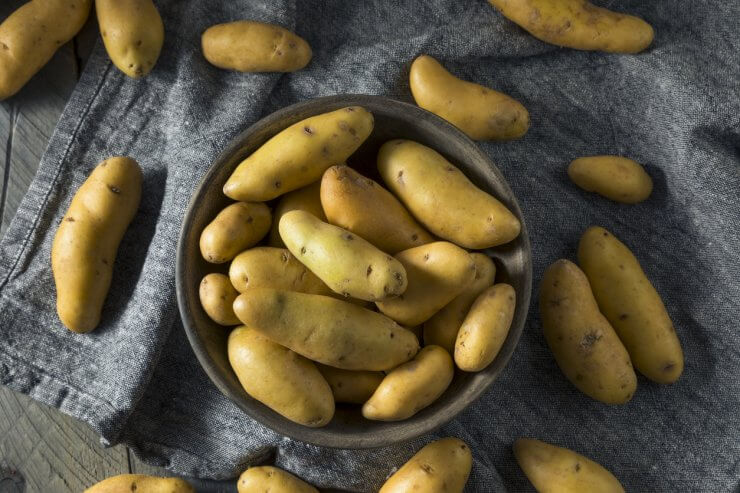
The potato: humble, versatile, and utterly delightful. From crispy fries to fluffy baked beauties, this tuber has claimed a permanent spot on our plates and in our hearts. But have you ever wondered about the most popular potato varieties in America and what makes them so special? Let’s dig in—literally!—to explore their stories, how to grow them, and how to make the most of your harvest.
The Star Spuds of American Gardens
Yukon Gold
Growing Zones: 3-9
Planting Tips: Yukon Golds thrive in well-drained, loose soil with plenty of organic matter. Plant seed potatoes 4-6 inches deep, spacing them 12 inches apart in rows 24-36 inches apart.
Growing Tips: Mound soil or mulch around the stems as they grow to encourage more tuber production and protect from sunlight.
Harvesting & Preserving: Ready to harvest when the foliage dies back, Yukon Golds store best in a cool, dark, and dry place like a root cellar or basement.
Culinary Uses: Creamy and buttery, Yukon Golds are perfect for mashed potatoes, potato salad, and golden roasted wedges.

Russet Burbank
Growing Zones: 3-8
Planting Tips: Known as the classic baking potato, Russets prefer loose, sandy soil with consistent moisture. Plant in early spring for the best results.
Growing Tips: Regular watering is essential, but avoid overwatering to prevent rot.
Harvesting & Preserving: Once the vines have fully withered, dig them up and cure for two weeks in a dry, cool place before long-term storage.
Culinary Uses: Ideal for baking and frying, these potatoes shine in French fries, hash browns, and as the perfect baked potato.

Purple Majesty
Growing Zones: 4-9
Planting Tips: Purple Majesty potatoes grow well in raised beds and need full sun. Plant in spring after the last frost, about 4 inches deep.
Growing Tips: These potatoes are nutrient-rich and visually stunning. Water consistently and mulch to retain moisture.
Harvesting & Preserving: Harvest when the vines yellow. Store in breathable burlap sacks or cardboard boxes in a cool place.
Culinary Uses: Their striking color holds up when roasted, steamed, or in potato salads. They’re a hit at any dinner table!

Fingerling Potatoes
Growing Zones: 3-8
Planting Tips: Fingerlings love loose, well-drained soil with plenty of compost. Plant 3-5 inches deep and 12 inches apart.
Growing Tips: Keep the soil moist and mound regularly to ensure a plentiful harvest.
Harvesting & Preserving: These potatoes are typically ready in 90-120 days. Store in cool, dark places, or cook them fresh for the best flavor.
Culinary Uses: Perfect for roasting, these potatoes are buttery, tender, and often used in gourmet dishes or tossed with fresh herbs.

Kennebec
Growing Zones: 3-9
Planting Tips: Kennebec potatoes thrive in sandy or loamy soil. Plant in spring, burying seed potatoes 4 inches deep with 12-inch spacing.
Growing Tips: These spuds are drought-resistant but benefit from regular watering and mounding.
Harvesting & Preserving: Cure for 7-10 days post-harvest before storing in a cool, dark location.
Culinary Uses: Highly versatile, Kennebecs are excellent for soups, fries, and potato chips.
Potatoes: Bringing Cultures Together
Every culture has a special relationship with potatoes. Peru celebrates its Andean roots with hundreds of native varieties, while Ireland’s culinary identity is intertwined with the potato. In America, we embrace French fries at fast-food joints, mashed potatoes at family gatherings, and breakfast hash browns on lazy Sunday mornings. The potato connects us all with its unassuming charm and delicious adaptability.
Join the Spud-tacular Conversation!
Are you a Yukon Gold enthusiast? A Fingerling fanatic? Or perhaps you’re dreaming of trying Purple Majesty potatoes for the first time? We’d love to hear about your favorite potato varieties and any new ones you’re planning to grow in the coming gardening season.
Share your potato-growing tips, your most creative potato recipes, or even your funniest potato mishaps in the comments below. Let’s inspire each other to make the next harvest our best yet!


 Previous
Previous


Can I plant potatoes in zone 10?
Yes! Here is more information on the growing zones for potatoes: https://foodgardening.mequoda.com/articles/growing-zones-for-potatoes/?t=405